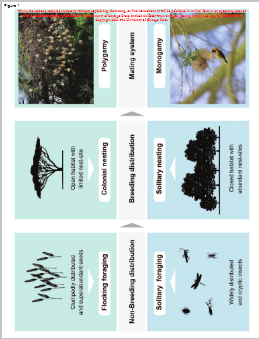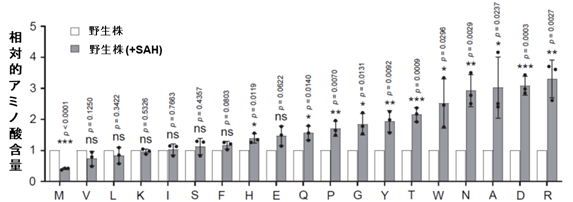この発見により、視覚的記憶がどのように保存されるのかについての理解が深まりました。 A team of scientists has discovered how working memory is “formatted”—a finding that enhances our understanding of how visual memories are stored.
2022-04-07 ニューヨーク大学 (NYU)

Photo credit: Getty Images/Vieriu Adrian
・ニューヨーク大学の心理学・神経科学教授で、『Neuron』誌に掲載されたこの論文の筆頭著者であるクレイトン・カーティス氏は、「この研究では、実験と解析の両方の手法を用いて、脳内のワーキングメモリ表現の形式を明らかにしました。」
・本研究では、視覚刺激(方位格子と動く点)が、記憶誘導行動に有用な場合、視覚野と頭頂葉で同じWMフォーマットに柔軟に再コーディングされることを実証する。具体的には、視覚刺激の行動的特徴(方位と方向)が抽出され、抽象的な線状パターンとして共有されるニモニックフォーマットに再コード化された。ニモニック表現は、それが誘導する行動よりも効率的で近接した知覚の抽象化であると結論付けている
<関連情報>
- https://www.nyu.edu/about/news-publications/news/2022/april/scientists-unveil-the-format-of-working-memory-.html
- https://doi.org/10.1016/j.neuron.2022.03.016
ニモニック表現の抽象的な形式を解き明かす Unveiling the abstract format of mnemonic representations
Yuna Kwak,Clayton E. Curtis,Show footnotes
Neuron Published:April 07, 2022
DOI:https://doi.org/10.1016/j.neuron.2022.03.016
Summary
Working memory (WM) enables information storage for future use, bridging the gap between perception and behavior. We hypothesize that WM representations are abstractions of low-level perceptual features. However, the neural nature of these putative abstract representations has thus far remained impenetrable. Here, we demonstrate that distinct visual stimuli (oriented gratings and moving dots) are flexibly recoded into the same WM format in visual and parietal cortices when that representation is useful for memory-guided behavior. Specifically, the behaviorally relevant features of the stimuli (orientation and direction) were extracted and recoded into a shared mnemonic format that takes the form of an abstract line-like pattern. We conclude that mnemonic representations are abstractions of percepts that are more efficient than and proximal to the behaviors they guide.


